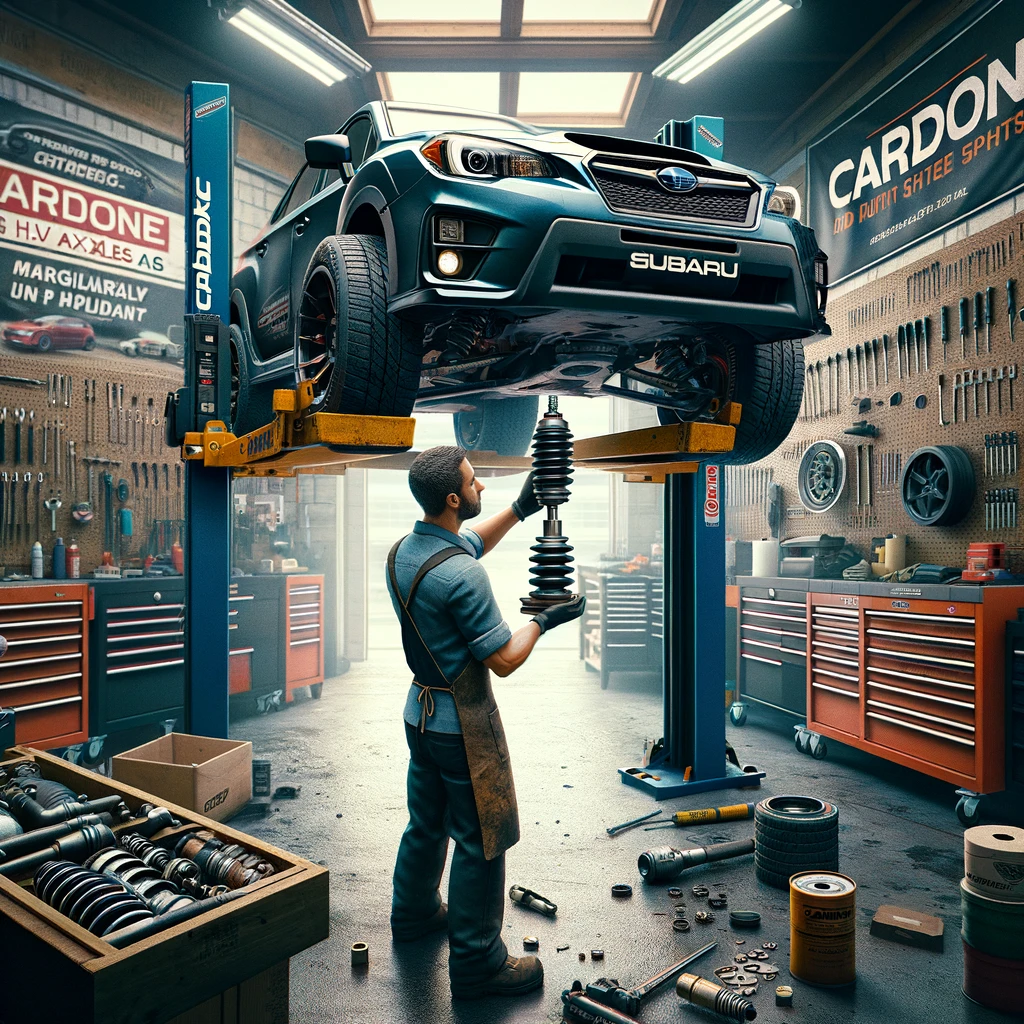Constant Velocity (CV) joints are crucial components in the drive train of vehicles, particularly those with front-wheel drive. These joints allow the drive shaft to transmit power to the wheels at a constant speed without significant loss of torque, even when the vehicle is turning or the suspension is moving up and down. However, CV joints can wear down over time, leading to issues such as clicking noises during turning or a noticeable wobble. This article explores effective solutions to mitigate the problem of wearing CV joints and the associated wobble, focusing on the quality of CV joints, the impact of modifications such as aftermarket springs, and other contributing factors like worn bushings and mounts.
Quality of CV Joints
The quality of the CV joints is paramount. Inferior quality joints are more susceptible to wear and tear, resulting in premature failure. In this regard, one recommended solution is the use of Cardone HD axles. These heavy-duty axles are designed to offer superior durability and performance compared to standard options. They are engineered to withstand the rigors of daily driving and the additional stresses imposed by vehicle modifications, making them an excellent choice for those looking to enhance the longevity of their CV joints.
Impact of Vehicle Modifications
Vehicle modifications, particularly the installation of aftermarket springs, can significantly affect the lifespan of CV joints. Lowering or altering the suspension geometry beyond certain thresholds can increase the angle at which the CV joints operate. This, in turn, leads to increased wear. For vehicles on this specific platform, it is recommended to avoid exceeding a 2-inch increase in ride height. Beyond this point, the risk of excessive wear on the CV joints escalates, potentially leading to premature failure.
Other Contributing Factors
Several other factors can contribute to the wear of CV joints and the presence of wobble in the vehicle. These include:
-
Worn Control Arm Bushings: The bushings in the control arm play a crucial role in maintaining the alignment and stability of the vehicle's suspension. Worn bushings can lead to increased movement and stress on the CV joints, accelerating wear. See reference picture below.

-
Transmission Mount Wear: The transmission mount supports the transmission and absorbs shocks and vibrations. A worn transmission mount can lead to excessive movement, which can, in turn, cause additional stress on the CV joints. The use of an anti-wobble insert can help mitigate this issue by stabilizing the transmission and reducing unnecessary movement. See reference picture below.

-
Motor Mounts: Similar to the transmission mount, worn motor mounts can lead to increased engine movement. This can translate to more stress on the CV joints, contributing to their wear. See reference picture below.

-
Pitch Mount Condition: The pitch mount controls the tilting of the engine and transmission during acceleration and deceleration. A worn or defective pitch mount can result in excessive movement, further stressing the CV joints. See reference picture below.

In conclusion, solving the problem of wearing CV joints and associated wobble involves a comprehensive approach that addresses both the quality of the CV joints themselves and the broader vehicle context in which they operate. Upgrading to high-quality CV joints like the Cardone HD axles, being mindful of vehicle modifications, and ensuring that related components such as bushings and mounts are in good condition are all critical steps in ensuring the longevity and reliability of CV joints. By taking these measures, vehicle owners can significantly reduce the risk of premature CV joint wear and maintain the smooth, stable performance of their vehicles.

